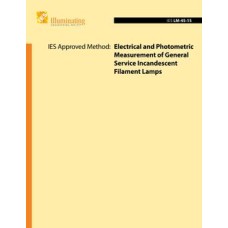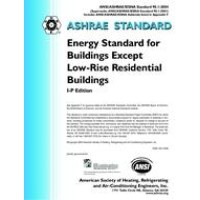IES LM-45-15
- Electrical and Photometric Measurement of General Service Incandescent Filament Lamps
- standard by Illuminating Engineering Society, 08/08/2015
- Category: IES
$20.00
$10.00
Incandescent filament lamps produce radiant power as a result of electric current passing through a tungstenfilament, which is surrounded by an inert atmosphere or vacuum within a glass or quartz envelope. Some lamps contain halogens that are employed to maintain a clean bulb wall. Such lamps may also employ bulb coatings that redirect infrared energy back to the filament for improved efficacy or to filter radiation for color control.
As long as the filament remains intact, current will flow, heating the filament to incandescence. Since the desired incandescence occurs at high filament temperatures, the surface of the tungsten filament is continually vaporized during lamp operation. As a result, the filament wire diameter is non-uniformly decreased along its length until at some point, the high current density causes excessive local heating and vaporization, which causes filamentfailures. The rate of evaporation is dependent on the local filament temperature, plus gas density and pressure.
Incandescent filament lamps are typically affected by variables such as operating cycle, conditions imposed by the fixture, orientation and vibration. In general, the test conditions should not diverge widely from conditions of service. Practical considerations require that any test conditions and programs be designed to give comparable results when used by various laboratories. The recommendations of this IES Approved Method have been made withthese objectives in mind.
 PDF
PDF
All of our standards document are available in PDF (Portable Document Format), an electronic, downloadable format.You will be able to download the file in your account downloads.
 Multi-User Access
Multi-User Access
After purchasing, you have the ability to assign each license to a specific user.
 Printable
Printable
At any time, you are permitted to make printed copies for your and your members' reference use.





